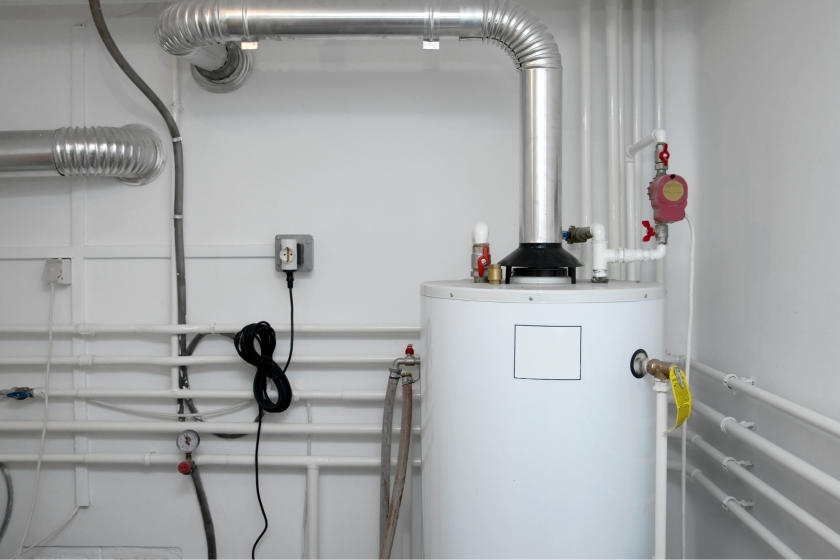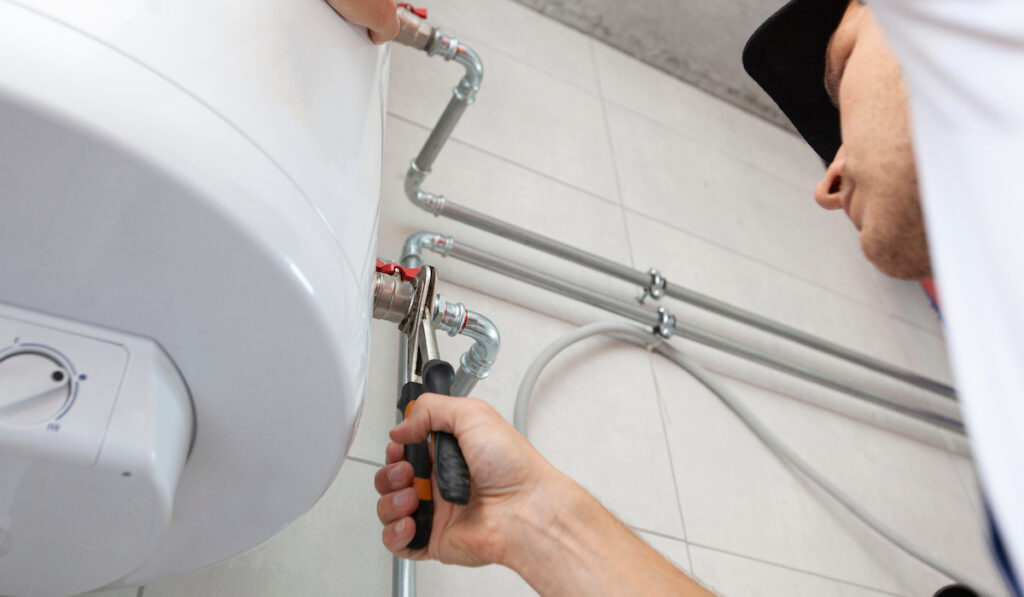Tips on How to Maintain Your Home's Hot Water System Functioning WellEffective Techniques for Caring for Your Home's Hot Water System
Tips on How to Maintain Your Home's Hot Water System Functioning WellEffective Techniques for Caring for Your Home's Hot Water System
Blog Article
Were you interested in resources around Tips For Maintaining Your Hot Water Heater?

Warm water is necessary for daily comfort, whether it's for a revitalizing shower or washing meals. To guarantee your hot water system runs effectively and lasts much longer, regular maintenance is crucial. This write-up gives practical ideas and understandings on how to preserve your home's warm water system to avoid interruptions and pricey repairs.
Introduction
Keeping your home's warm water system might seem overwhelming, but with a few basic actions, you can guarantee it operates smoothly for many years ahead. This overview covers everything from comprehending your hot water system to do it yourself upkeep pointers and knowing when to hire expert aid.
Relevance of Maintaining Your Hot Water System
Regular maintenance not just prolongs the life-span of your warm water system but also ensures it operates effectively. Ignoring upkeep can bring about lowered efficiency, higher energy bills, and even premature failure of the system.
Indications Your Hot Water System Requirements Maintenance
Understanding when your warm water system requires interest can stop significant problems. Keep an eye out for indicators such as irregular water temperature level, weird sounds from the heating system, or corroded water.
Recognizing Your Warm Water System
Prior to diving right into maintenance tasks, it's valuable to comprehend the fundamental elements of your hot water system. Generally, this includes the water heater itself, pipes, anode rods, and temperature level controls.
Month-to-month Maintenance Tasks
Routine month-to-month checks can assist catch minor issues before they intensify.
Flushing the Water Heater
Flushing your hot water heater gets rid of debris accumulation, enhancing efficiency and prolonging its life.
Monitoring and Changing Anode Rods
Anode poles avoid corrosion inside the tank. Evaluating and replacing them when worn out is crucial.
Checking and Changing Temperature Setups
Changing the temperature settings makes certain optimum performance and safety.
Do It Yourself Tips for Upkeep
You can carry out several upkeep jobs yourself to maintain your warm water system in top problem.
Checking for Leakages
On a regular basis examine pipelines and links for leaks, as these can bring about water damages and higher costs.
Checking Pressure Relief Valves
Examining the stress relief valve guarantees it works correctly and avoids too much stress buildup.
Shielding Pipes
Insulating warm water pipes minimizes warm loss and can conserve energy.
When to Call a Professional
While do it yourself maintenance is valuable, some problems require expert proficiency.
Complicated Issues Needing Professional Aid
Examples consist of major leakages, electrical issues, or if your hot water heater is consistently underperforming.
Regular Specialist Maintenance Advantages
Specialist upkeep can include complete evaluations, tune-ups, and making sure conformity with safety and security standards.
Conclusion
Routine upkeep of your home's warm water system is essential for effectiveness, durability, and price savings. By following these suggestions and understanding when to look for specialist help, you can guarantee a reputable supply of warm water without unexpected disruptions.
How to Maintain an Instant Hot Water Heater
Before tinkering with your hot water heater, make sure that it’s not powered on. You also have to turn off the main circuit breaker and shut off the main gas line to prevent accidents. Also turn off the water valves connected to your unit to prevent water from flowing into and out of the appliance. 2. When you’re done, you have to detach the purge valves’ caps. These look like the letter “T” and are situated on either side of the water valves. Doing so will release any pressure that has accumulated inside the valves while at the same time avoid hot water from shooting out and burning your skin. 3. When the purge valves’ caps are removed, you have to connect your hosing lines to the valves. Your unit should have come with three hoses but if it didn’t, you can purchase these things from any hardware or home repair shops. You can also get them from retail stores that sell water heating systems. Read the user’s manual and follow it to complete this task properly. When the hosing lines are connected, open the purge port’s valves. 4. You should never use harsh chemical cleaners or solutions when cleaning your unit. Make use of white vinegar instead. It should be undiluted and you’ll probably use about 2 gallons. 5. Now flush your water heater. This task should probably take about 40 minutes. We can’t give you specific directions for this because the procedure is carried out depending on the type, model and brand of your heater. With that being said, refer to the user’s manual. 6. When you’re done draining the unit, you have to turn off the purge port valves again. Remove the hosing lines that you earlier installed on each of the water valves. Put the valve caps (purge port) back in their respective places and be very careful so as not to damage the rubber discs that are found inside these caps. 7. Now that everything’s back in place, check your user’s manual again to find out how to reactivate your water heating system. 8. Once it is working, turn one of your hot water faucets on just to let air pass through the heater’s water supply pipes. Leave the tap on until water flows smoothly out of it. https://www.orrplumbing.com/blog/2014/september/how-to-maintain-an-instant-hot-water-heater/

We were introduced to that article on Water Heater Maintenance Tips You Can't Afford to Forget from a buddy on our other website. Enjoyed our article? Please share it. Let another person check it out. I appreciate reading our article about Water Heater Maintenance Tips You Can't Afford to Forget.
Request Service Report this page